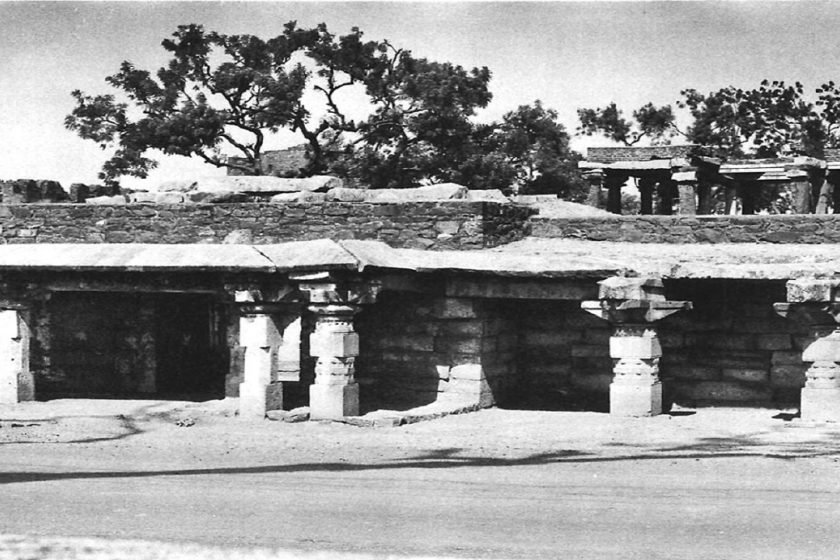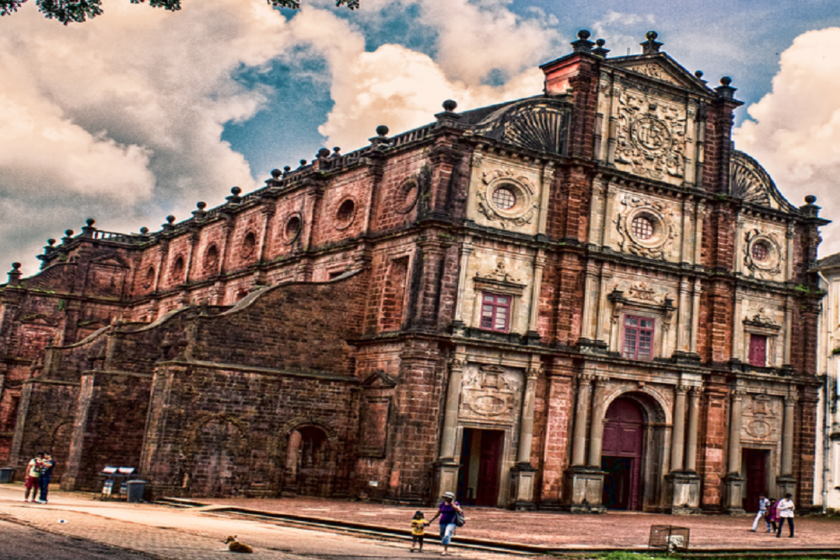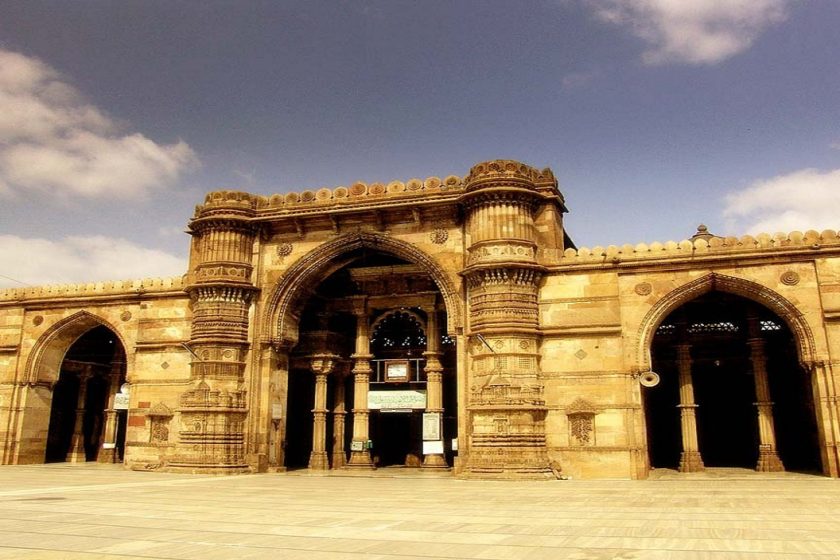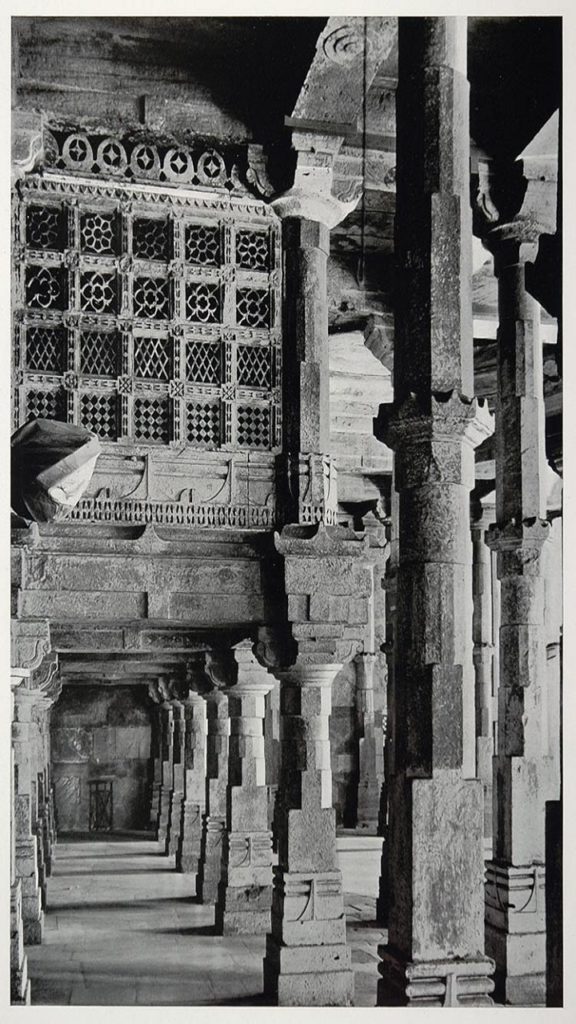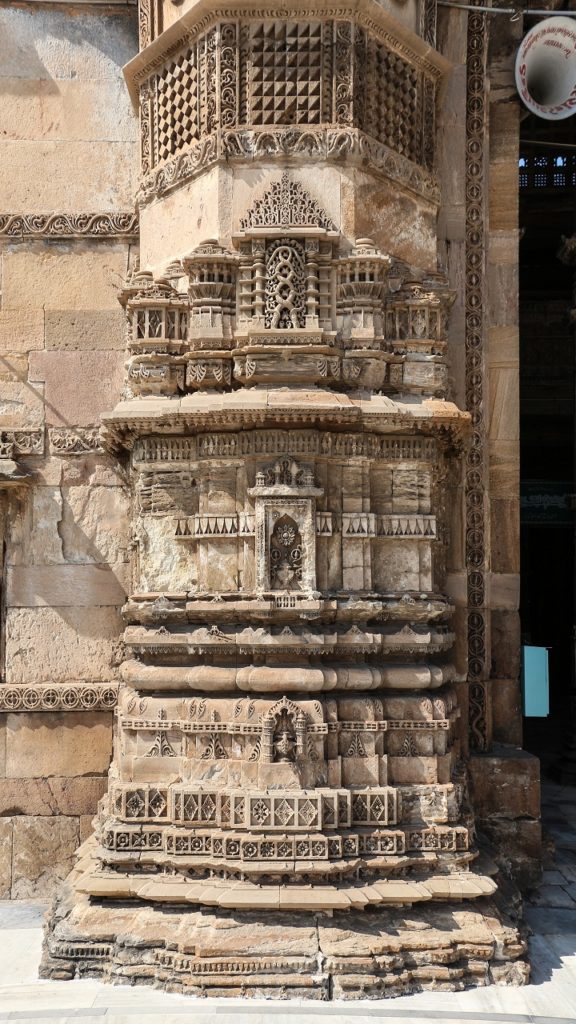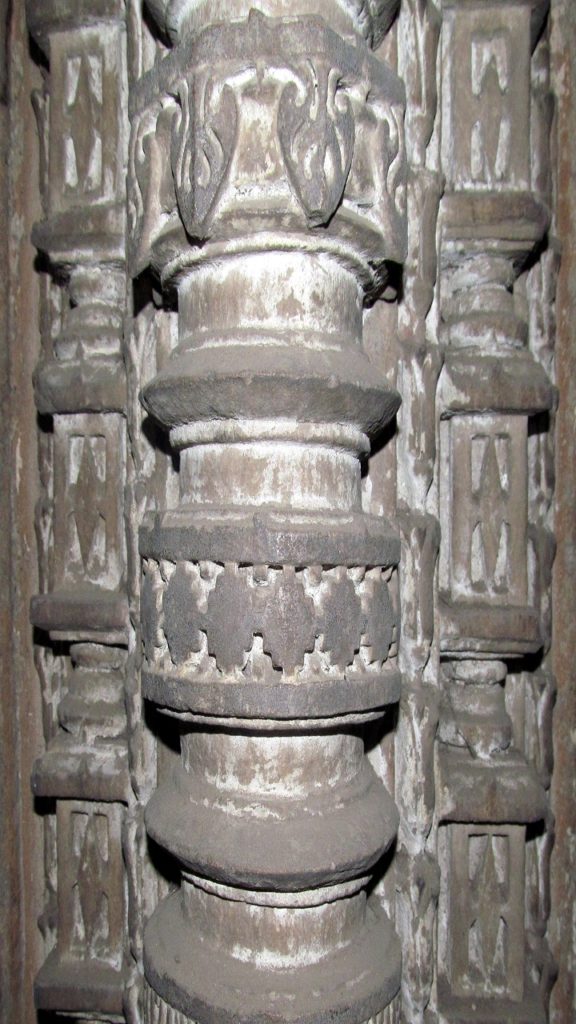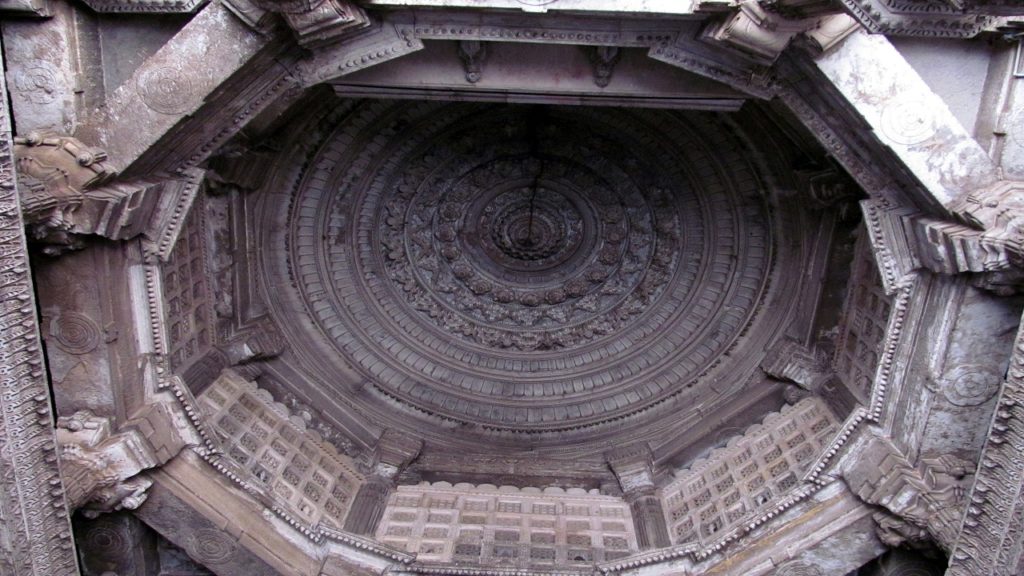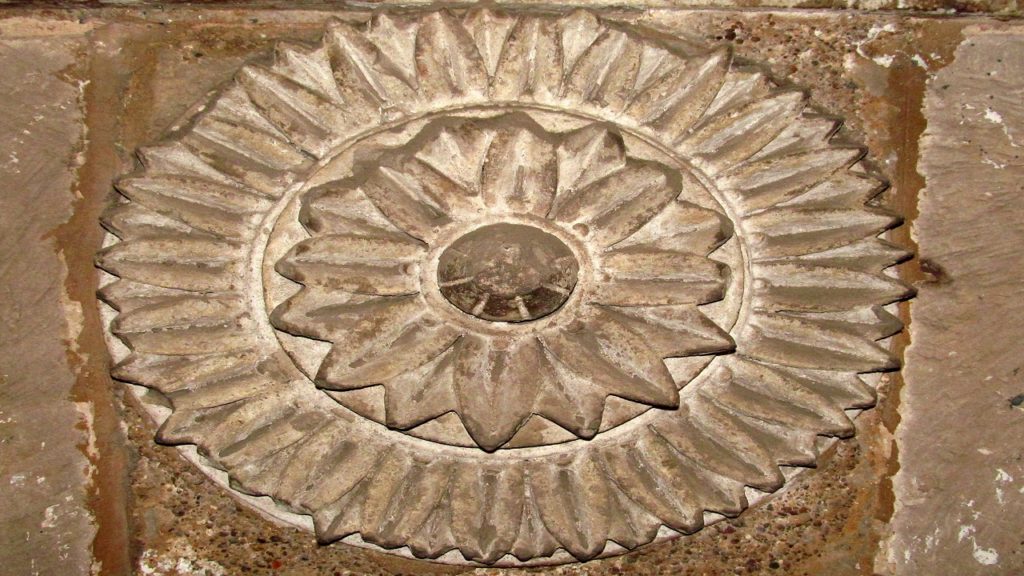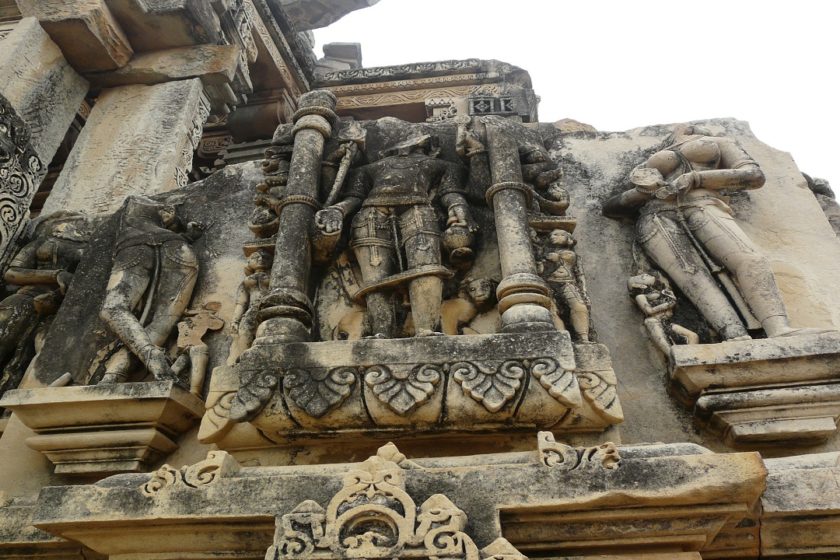Karimaldin Mosque, a seized Hindu temple of Vijayapura Karnataka
By @Aryabhatti
“The (Hindu temple) design is to suggest and symbolize the Universe; the site of a temple is laid out in relation to astronomical observations… every stone has its place in the cosmic design… Can we wonder that a beautiful and dignified architecture is thus devised?” – Ananda Coomaraswamy
At the heart of the ancient city of Vijayapura, in Karnataka, rests a large and ancient temple built in the tenth or eleventh century. Vijayapura, founded by the Chalukyas, was known as the Varanasi of the South. As far back as thousand years ago this temple welcomed pious Hindus eager to experience the beautiful Svayambhu (self-arisen) deity of Siddeshwara. The temple is a charming example of Chalukyan architecture and consists of many large magnificently stone-carved pillars of the Chalukyan style, which is easily recognizable and distinct. There is also a fairly spacious mandapa with friezes that attest to the mastery of the shilpis. For many years this temple was alive with joyous festivals, sacred rituals, yagnas, annadanams (feedings to the poor), Vedic recitations, and classical music and dance. Like any other Hindu temple, this was a microcosm of the sophisticated culture and society that had built it. Inside the temple, there is the customary garbhagriha (sanctum sanctorum) but the Svayambhu Siddeshwara no longer resides there, or anywhere else on the temple property. The explanation is common but disturbing: the Svayambhu Siddeshwara murti was destroyed in the year 1320 and the temple was pillaged and converted into a mosque by Muslim invaders from the Delhi sultanate per Alauddin Khilji orders.
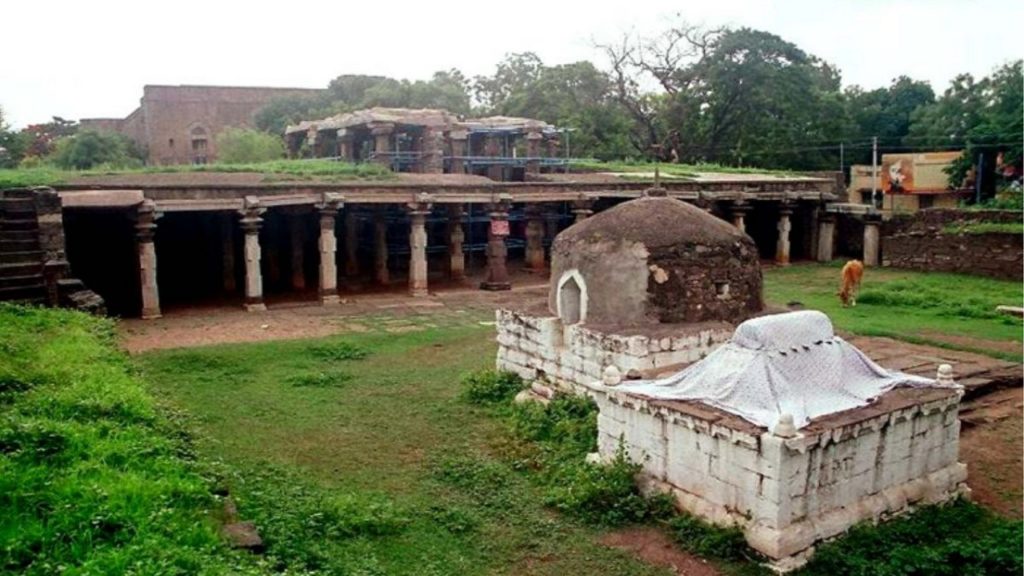
And thus would begin the violent and graphic upheaval and transformation of the thriving city of Vijayapura, where Hindus, Buddhists and Jains freely practiced their religions, into a jarring Frankenstein’s monster-like city, first called Beejnuggar and then finally Bijapur. The temples were destroyed and mosques erected with their materials, Hindu citizens were slaughtered en masse and the survivors forcibly converted or subjugated as dhimmis first, by the Delhi Sultanate and then, by the equally violent Adil Shahs. As historian Sita Ram Goel bluntly states: “No ancient temples survive in the city of Bijapur. “ (Goel, 1990)
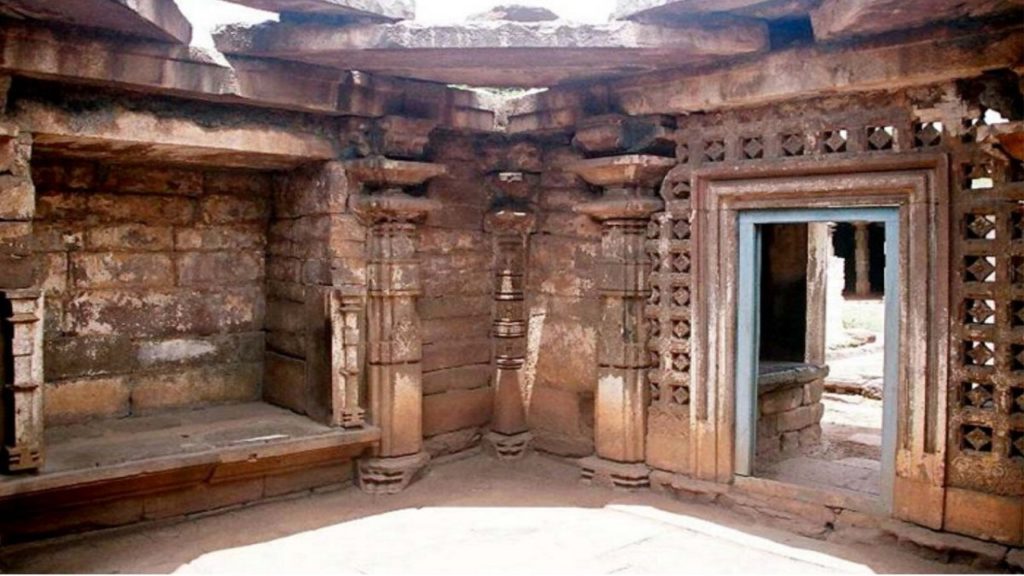
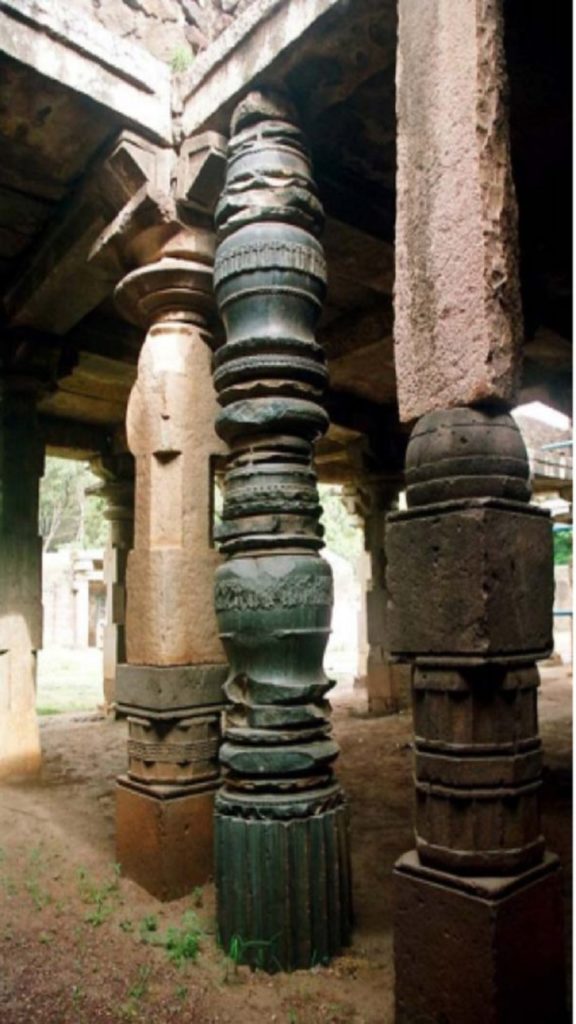
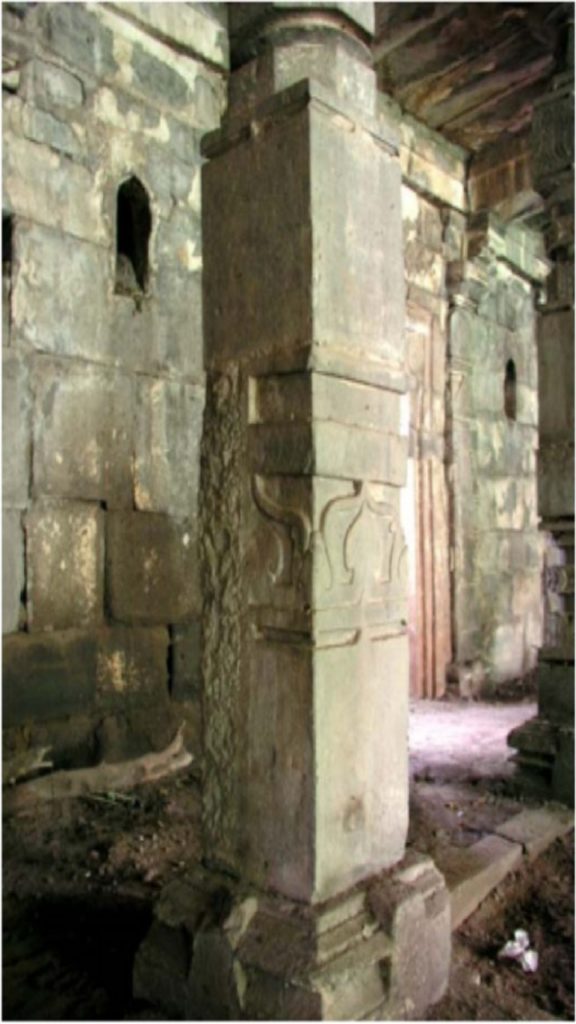
In this particular instance, this temple converted to a mosque is named Karim al-din for that general of Alauddhin Khilji who had invaded the city after several unsuccessful attempts. One of the first things Karim al-din was ordered to do by Khilji was to demolish this and other temples in the city and use the remains to fashion a Jami masjid, or Great mosque of that city. It is evident when seeing the mismatched pillars and other sculptures in the Karim al-din mosque that materials from various different temples were taken and clumsily patched together. This was the usual pattern of the Muslim marauders invading Indian cities, pillaging and destroying their temples and using the materials to ‘build’ their mosques. All of Bijapur is literally littered with such mosques and Muslim mausoleums that are in fact appropriated temples. The destruction of Hindu temples goes hand in hand with mass killings and conversions of the Hindu inhabitants.
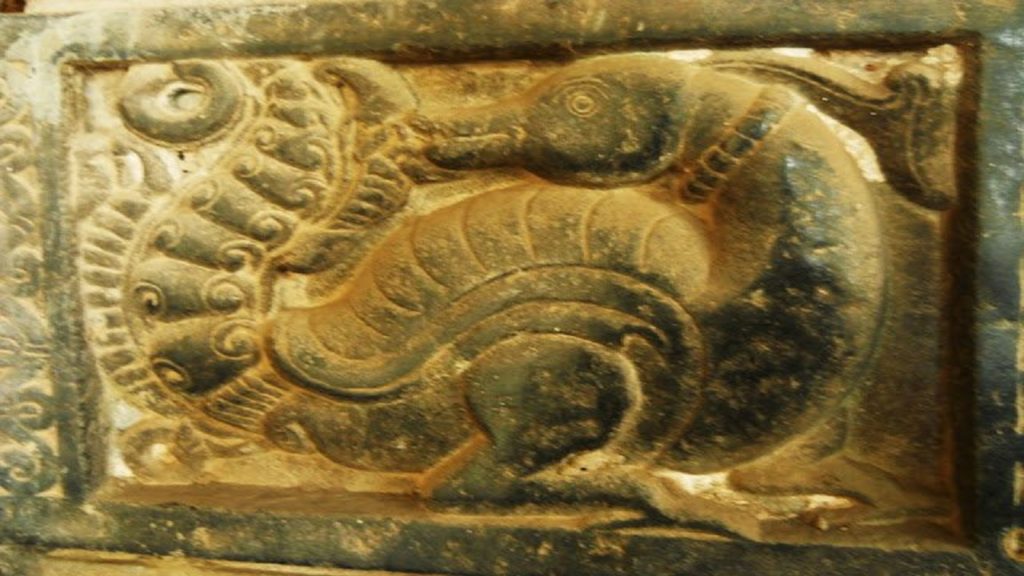
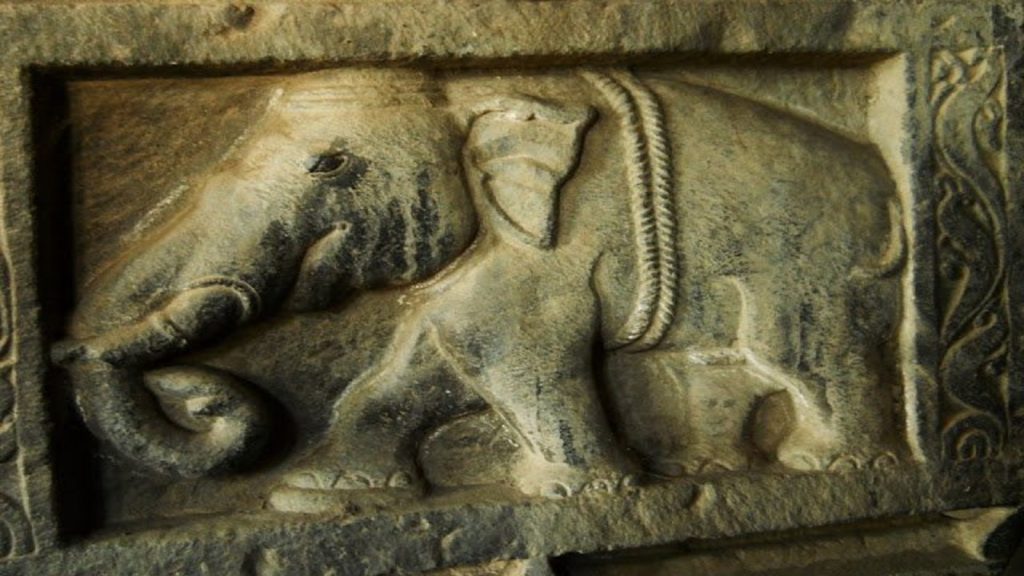
Karim al-din mosque’s origins are factually and minutely documented by Henry Cousens as far back as the 1880s. Cousens was the Superintendent for the Archaeological Survey of India (ASI) under the British and he meticulously documented the ancient architectures of Indian cities.
Cousens states:
“Not far from the south-east corner of the Chini Mahal is one of the earliest mosques in Bijapur. It is wholly made up of pillars, beams and cornices, taken from older Hindu shrines. The porch, in fact, is part of a Hindu temple in situ; it is the hall or mandap, with its pillar and niches, but wanting part of its roof. The shrine, which was built on this hall on the west, has been entirely cleared away, and a through passage thus gained to the courtyard within, the inner doorway, with perforated screen panel on either side of it has been inserted by the Muhammadans. This space, between it and the next opening, was the antechamber to the shrine of the original temple. An examination of the ends of the walls will shew how the shrine has been broken away from the rest.” (Cousens, 1889)
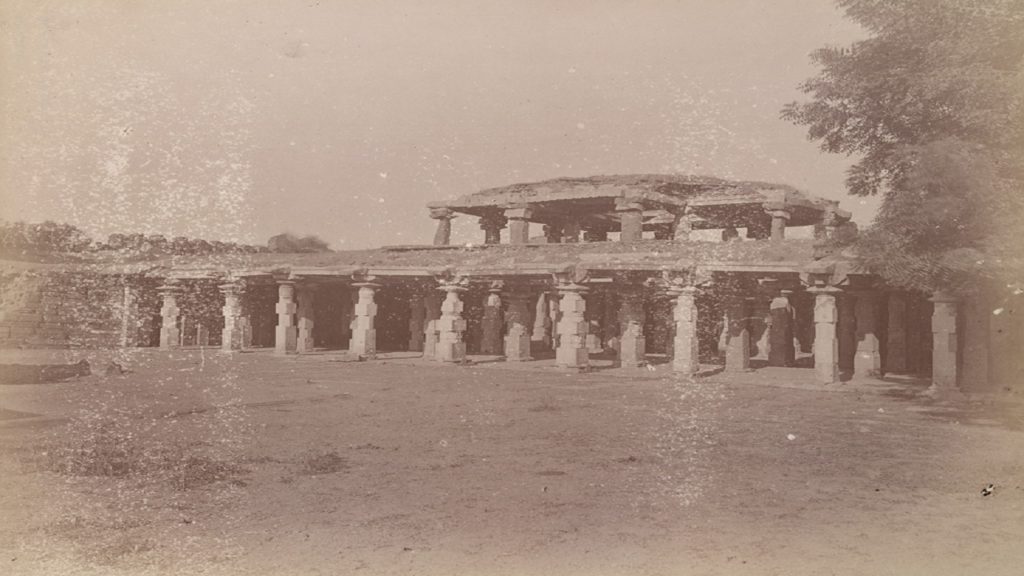
It is natural for a Hindu to feel a profound sense of loss and indignation that this beautiful temple and the society it nurtured were destroyed and a trophy mosque replaced it. Henry Cousens observations are some of the most officially documented proofs of Muslim appropriation and destruction of Hindu temple property in Bijapur. Ironically, current (non-Hindu) Western and Indian leftist academics have been occupied with re-writing history to reflect their agendas, and are intrusively demanding that the native Hindu feel happy that these bizarre structures were built with the violent annihilation of their most sacred places. White academics and their surrogates insist on imposing their Eurocentric Judeo-Christian viewpoint, negating these atrocities. This racism is deep rooted and permeates most modern discourse on demolished Hindu temples and, for the most part, goes unchallenged.
Recently the government decided that the city of Bijapur once again should be officially known as Vijayapura; the ancient city of victory. No sacred rituals, annadanams or joyous festivals have resumed in the converted temple-mosque of Karim al-din however.
References:
Aiyangar, Krishnaswami. South India and Her Muhammadan Invaders. London: Oxford University Press, 1921.
Cousens, Henry. Bijapur, The Capital of the Old Adil Shahi Kings: A Guide to its Ruins with Historical Outline. Poona: The Orphanage Press, 1889.
Cousens, Henry. Bijapur and its Architectural Remains. Bombay: The Government General Press, 1916.
Goel, Sita Ram. Hindu Temples What Happened to Them Volume II. New Delhi: Voice of India, 1990.
#ReclaimTemples

